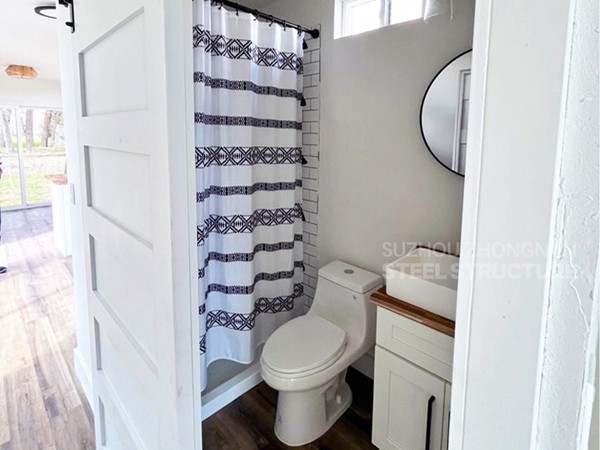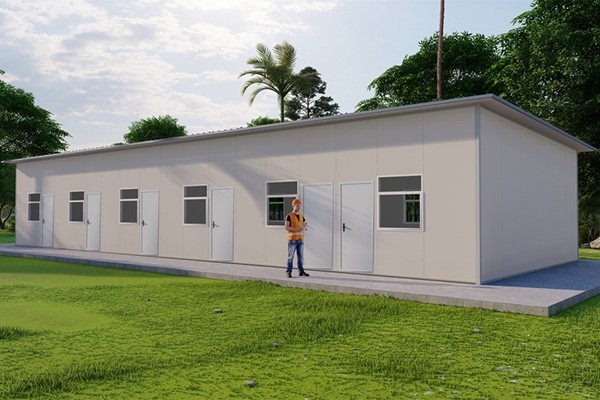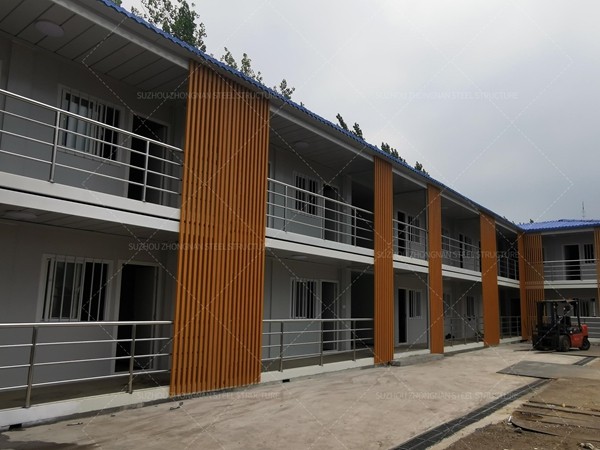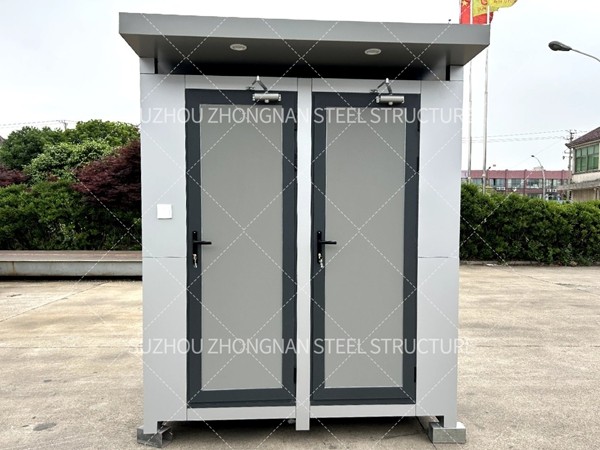how to build a house out of shipping containers
Building a house from shipping containers has rapidly evolved from a niche concept to a mainstream architectural trend, driven by its eco-friendliness, cost-effectiveness, and unique aesthetic appeal. If you're considering embarking on this innovative journey, it's essential to approach it with a blend of creativity and practicality. Here’s an expert guide on crafting a sustainable and stylish shipping container home.

Understanding the Basics Shipping containers are primarily constructed from steel, offering robust structural integrity. They come in two standard sizes 20-foot and 40-foot lengths. The choice between these sizes depends on your spatial requirements, budget, and design vision. Opt for high cube containers when possible, as their added height provides extra living space.
Site Selection and Preparation The location of your container home significantly impacts its design and functionality. Prioritize a site with stable ground and adequate drainage to prevent water accumulation. Conduct a soil test to understand its composition and load-bearing capacity. Accessibility to utilities like water, electricity, and sewage is also critical for smooth integration into your design.

Design and Layout Planning Begin by sketching a conceptual design that reflects your lifestyle needs. Shipping containers are modular, allowing for creative stacking and arrangement. Consider using an open-plan design to maximize interior space and leverage natural light. Implement energy-efficient windows and doors, and incorporate eco-friendly insulation materials to enhance thermal efficiency.
Acquiring Containers Sourcing high-quality containers is crucial for the longevity of your home. Inspect each container for structural damage, rust, or hazardous materials. Certified shipping container suppliers often offer containers that have been retired after minimal use, ensuring better condition and value.
Foundation and Structural Considerations Shipping container homes require a solid foundation to handle their weight and prevent shifting. Options such as concrete piers, slab, or crawl spaces are suitable depending on soil conditions and personal preference. Reinforce container corners and edges to maintain stability, especially in stacked designs.how to build a house out of shipping containers
Cutting and Welding Expertise Modifying containers involves significant metalwork, including cutting openings for windows and doors and welding containers together. Engaging professional services ensures precision and adheres to safety standards. Experts will mitigate the risk of compromising the container's structural integrity during the modification phase.
Insulation and Ventilation Metal containers are prone to temperature fluctuations and condensation. Effective insulation is paramount; spray foam insulation is highly recommended for its moisture resistance and high R-value. Additionally, consider cross-ventilation strategies and install mechanical ventilation systems to enhance air quality and thermal comfort.
Interior and Exterior Finishes The finishing touches breathe life into your container home. For the interior, utilize sustainable materials such as bamboo or reclaimed wood for flooring. Apply non-toxic paints and consider bespoke cabinetry for a personalized touch. Externally, cladding with wood, metal, or composite panels not only improves insulation but also adds to aesthetic appeal, allowing the home to blend seamlessly with its surroundings.
Sustainable Systems Integration Equipping your home with sustainable technologies can significantly reduce its carbon footprint. Solar panels are a popular choice, providing renewable energy to power your container dwelling. Rainwater harvesting systems and greywater recycling can further enhance resource efficiency, while composting toilets offer an environmentally friendly waste management solution.
Zoning and Permits Navigating the regulatory landscape is crucial in the container home-building process. Research local zoning laws and building codes to ensure compliance. Permitting processes vary widely by location, so it's wise to work closely with local authorities or hire a consultant familiar with municipal requirements.
Building a shipping container house is more than just a construction project; it's an opportunity to innovate and redefine traditional living spaces. By combining practicality with cutting-edge design principles, you can create a home that is not only unique and cost-effective but also sustainable and resilient. As this architectural movement grows, it contributes to a broader push towards more ecologically responsible and creatively inspiring living solutions.






